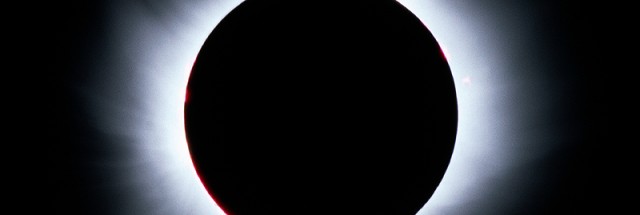
In this article, we will review the design of the Mg XII spectroheliograph and present our thoughts on how these principles could be applied to other spectral lines. However, such observations were made only in the Mg XII 8.42 Å line with the Mg XII spectroheliograph ( Kuzin et al., 1994 Zhitnik et al., 2003b). An example of this approach is the sounding rocket experiment Focusing Optics X-ray Solar Imager (FOXSI Ishikawa et al., 2014) and the upcoming PhoENiX mission ( Narukage, 2019).Īnother approach is to use monochromatic X-ray telescopes based on the Bragg crystal optics. In this way, we will have information about the location of the emission and its spectrum. One of the solutions to this problem is to use a focusing X-ray telescope with a photon-counting detector. Wide temperature response functions complicate plasma diagnostics. However, their images are not monochromatic, and the majority of their channels are sensitive to a broad range of temperatures. On the other hand, the most commonly used extreme ultraviolet (EUV) and X-ray telescopes-such as Atmospheric Imaging Assembly ( Lemen et al., 2012) on board the Solar Dynamics Observatory ( Pesnell et al., 2012) or the X-Ray Telescope ( Golub et al., 2007) on board the Hinode satellite-have large field of view and high temporal resolution. The small field of view lowers the chances of events registration, and long exposure time limits our ability to study the dynamics of the event. However, they have a small field of view or long exposure times.

These instruments build raster images of the solar corona in multiple spectral lines. Imaging spectrometers-such as the Extreme ultraviolet Imaging Spectrometer ( Culhane et al., 2007) on board the Hinode satellite ( Kosugi et al., 2007), the Coronal Diagnostic Spectrometer ( Harrison et al., 1995) on board the Solar and Heliospheric Observatory ( Domingo et al., 1995), the Interface Region Imaging Spectrograph ( De Pontieu et al., 2014), or Marshall Grazing Incidence X-ray Spectrometer (MaGIXS Kobayashi et al., 2011 Athiray et al., 2019)-can achieve this goal. Generally, researchers require observations from telescopes producing monochromatic images of coronal plasma images with cool, warm, and hot temperatures. To study solar activity, we need information about the plasma at different temperatures.

Quiet Sun and active regions are at temperatures around 1 MK, while during flares, the coronal plasma can reach temperatures beyond 10 MK. Plasma in solar phenomena can be at a wide range of temperatures. A combination of the monochromatic Mg XII 8.42 Å, Si XIV 6.18 Å, and Si XIII 6.65 Å images will help us to study the dynamics of the hot plasma in the solar corona.
SUN CORONA X RAYS HOW TO
In this article, we will review the design of the Mg XII spectroheliograph and present our thoughts on how to apply these principles to the Si XIV 6.18 Å and Si XIII 6.65 Å lines. We believe that these design principles can be applied to other spectral lines. Its design is based on two main principles: (1) to select the working wavelength and the crystal in such a way that reflection occurs at small incident angles (2) to use the aperture of the mirror as a spectral filter. The Mg XII spectroheliograph used Bragg crystal optics. Until now, monochromatic telescopic imaging has been made only in the Mg XII 8.42 Å line with the Mg XII spectroheliograph on board CORONAS-I, CORONAS-F, and CORONAS-PHOTON satellites. Generally, researchers require observations from telescopes producing monochromatic images of coronal plasma with cool, warm, and hot temperatures. Investigations of solar activity require information about plasma in a wide range of temperatures.

Lebedev Physical Institute, Moscow, Russia


 0 kommentar(er)
0 kommentar(er)
